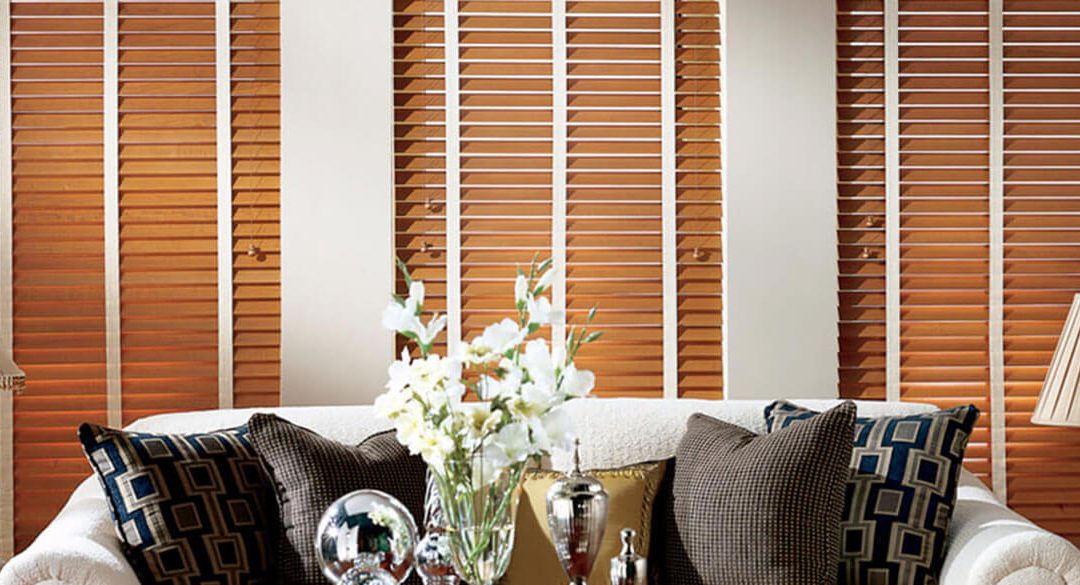When it comes to keeping a dwelling toasty, your windows are a major factor negating you. Layers of glass have trouble insulating rooms—especially when you think about the insulated walls around them. In reality, we lose up to 30 percent of the heating and cooling we generate for our houses through our windows, according to the U.S. Department of Energy.
That’s why selecting the correct material for your window treatments is so vital for savings on home energy bills and to limit energy waste. At Louver Shop, we’re here to aid you in select the right fit for your house during a free, in-home consultation.
Next, we’ll dive into an inquiry we get pretty often. Do wood blinds create insulation and assist you in saving on utility bills?
Breaking Down Wood Blinds Insulation
Materials used to keep warmth in your home are gauged using R-values. This number evaluates the insulation value of materials—with higher values showing better insulating power for energy conservation.
The capacity to cut down heat transfer differs between window treatment classes, along with material choices. Most times, window treatments made of sturdier materials—like wood or solid polymer—are more useful while insulating. Shades that can hold in air—like cellular shades—will also do a good job.
Advantages of Wood Blinds Insulation
Wood blinds do deliver a bit of insulation and energy efficiency to your rooms. However, the U.S. Department of Energy primarily advises these window treatments as a solution for closing out summer sunlight to limit heat seeping into your rooms.
Parkland® wood blinds, made from basswood, are a handsome choice for neighborhoods in warmer areas—where warmer heat is more common than low winter temperatures. And with a wonderful variety of colors and collections, there’s a Parkland blind to work with any space.
Disadvantages of Insulation from Wood Blinds
As told already, real wood blinds are better suited to keep warmth out of your house, instead of hold it inside. This is due to the design style.
With gaps between the individual slats and along the sides, there are plenty of paths to speed heat loss. And with comparably thin slats, there isn’t much left between your house and the crisp temperatures outside.
Alternatives to Wood Blinds
If you are drawn to the style of wood blinds but aren’t satisfied their insulation value is a fit for your home, there are other alternatives.
With a comparable style and stronger insulation, wood plantation shutters could be a fit for your residence. Because they’re fixed straight to your window frame, there is less of a possibility for heat loss. Though this window treatment may have a higher cost up front, plantation shutters can last for longer than blinds—giving you further value.
For additional energy efficiency to help stop heat loss, try LouverWood™ shutters. They have the appearance of classic shutters with nearly three times more insulating capacity. Unlike some other faux wood shutters, LouverWood™ shutters are firm polymer meant to become a long-lasting fixture in your house.
Find the Right Window Covering for You
Eager to hear more about your options for insulating window treatments? Louver Shop can help. During your free, in-home consultation our professionals will lead you through all your choices and compare them to find the right fit for your home.
You’ll also obtain measurements and a Louver Shop Complete Comfort™ Pricing quote for free—and with no obligation.

